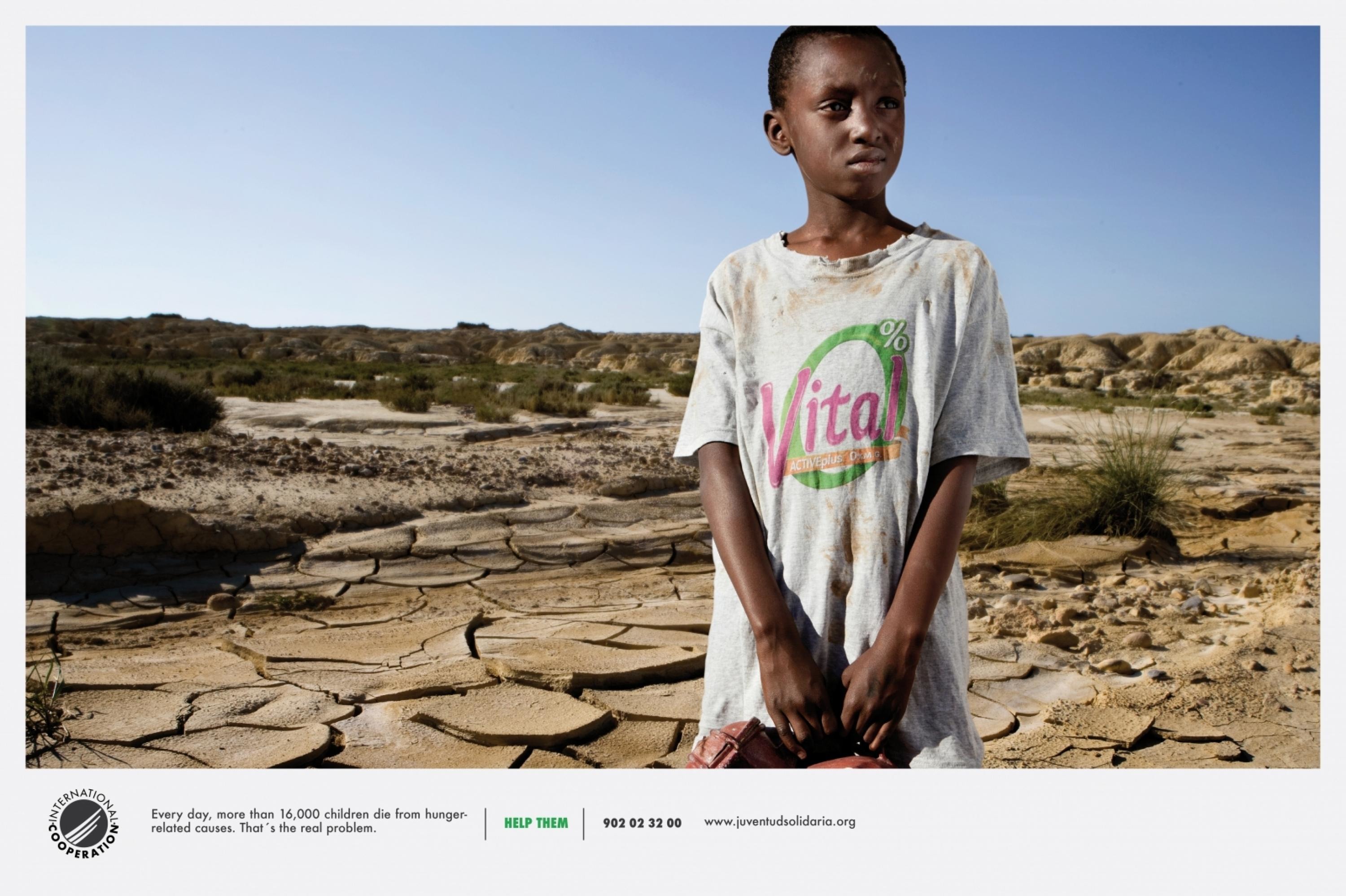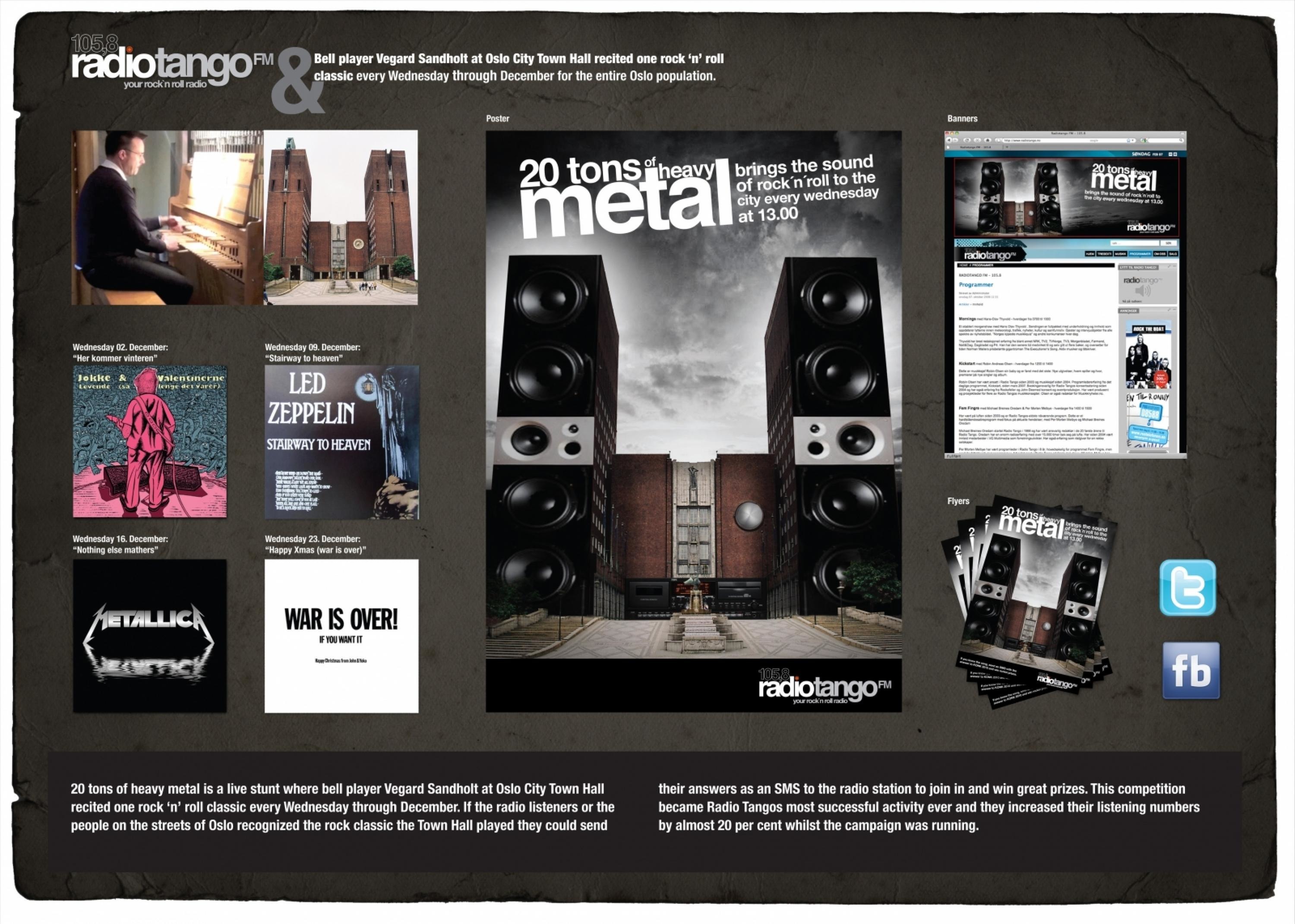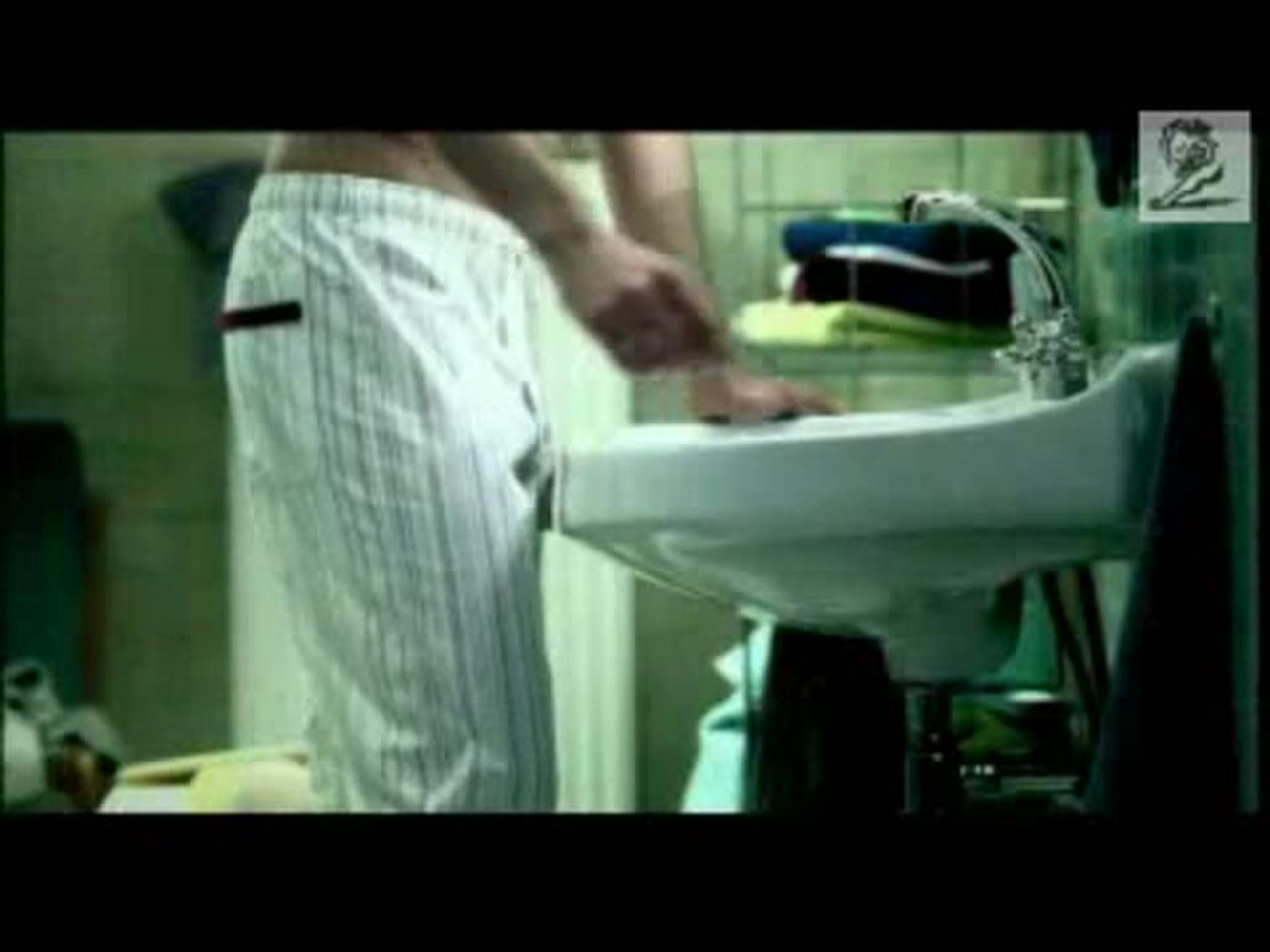Cannes Lions
AMERICAN RED CROSS
BBDO NEW YORK, New York / RED CROSS / 2013


Overview
Entries
Credits
Overview
Description
This was the first-ever brand campaign for a brand that doesn’t like to talk about itself.
So, we decided to let those helped by the Red Cross become its voice. We created a storytelling kit – cardboard boxes filled with everything needed to turn hundreds of people across the world into filmmakers and photographers.
Each kit had to inspire and motivate our storytellers – no response would mean no campaign.
But the response was overwhelming. The footage, photos and writing we got back became moving print, TV, radio and online content. And, to this day, the Red Cross continues to use these kits to generate stories from those they help.
Execution
We are in the business of crafting stories, hiring directors and actors, and creating a polished view of reality.
For this project, we had to do the opposite.
To tell the real story of the Red Cross, we had to find people across the country who had been helped by the organization – blood recipients, disaster survivors, families who'd had a house fire or been separated by war, lives saved by CPR, military wives who wanted their husbands home for the birth of their child.
The search
Our five-month search for stories began in January 2012. Firstly, we asked key Red Cross chapters if they knew anyone who might have a story and want to share it. But this was just the tip of the iceberg; we simultaneously conducted a search using the Red Cross email database and Facebook communities, asking if anyone had a story they wanted to share. And we simply got our hands dirty; we searched the Internet for stories in local newspapers, Red Cross blog entries, YouTube videos and military family chat rooms.
This entire procedure was a huge learning process, and we had to constantly evaluate what was/wasn't working as we figured out how to take on this beast of a project.
Eventually, our growing list of potential storytellers was passed to our casting team, who then spent days evaluating over 7,000 potential storytellers using good old-fashioned phone conversations.
Challenges
Everyone we contacted had gone through a traumatic experience, and so we worked with the Red Cross to identify anyone unable to cope with the project or who needed a follow-up from his or her Red Cross caseworker.
Dealing with real people meant we faced answering machines, summer vacations, and emotions getting the better of people as they recalled their stories.
Finally, we didn't know anything about what these people looked like or how good they'd be on camera. This was uncharted territory and a huge gamble that relied on the accuracy and effectiveness of our early casting efforts.
Results
Our efforts paid off – by October 2012 we had received over 250 hours of footage, over 2,000 photos and approximately 100 completed journals (at just 5% of the cost of a traditional production).
Our projected rate of just one in 20 stories being useful was blown away, with one in two responses providing quality content. This let us create over 30 films, six print ads, six radio spots, a series of posters as well as an outdoor photo exhibit.
Our storytellers received no compensation for their participation. But for them the most important thing was getting to share their stories, thanks to the Red Cross.
Outcome
"The campaign provides exactly what our brand needs, communication that not only educates on the breadth of services we provide but emotionally connects with people on an individual level. In its first month of airing, the campaign has contributed to our most successful year-end fundraising results ever, significantly outpacing last year's results." Peggy Dyer, Chief Marketing Officer, Red Cross.
Similar Campaigns
12 items







